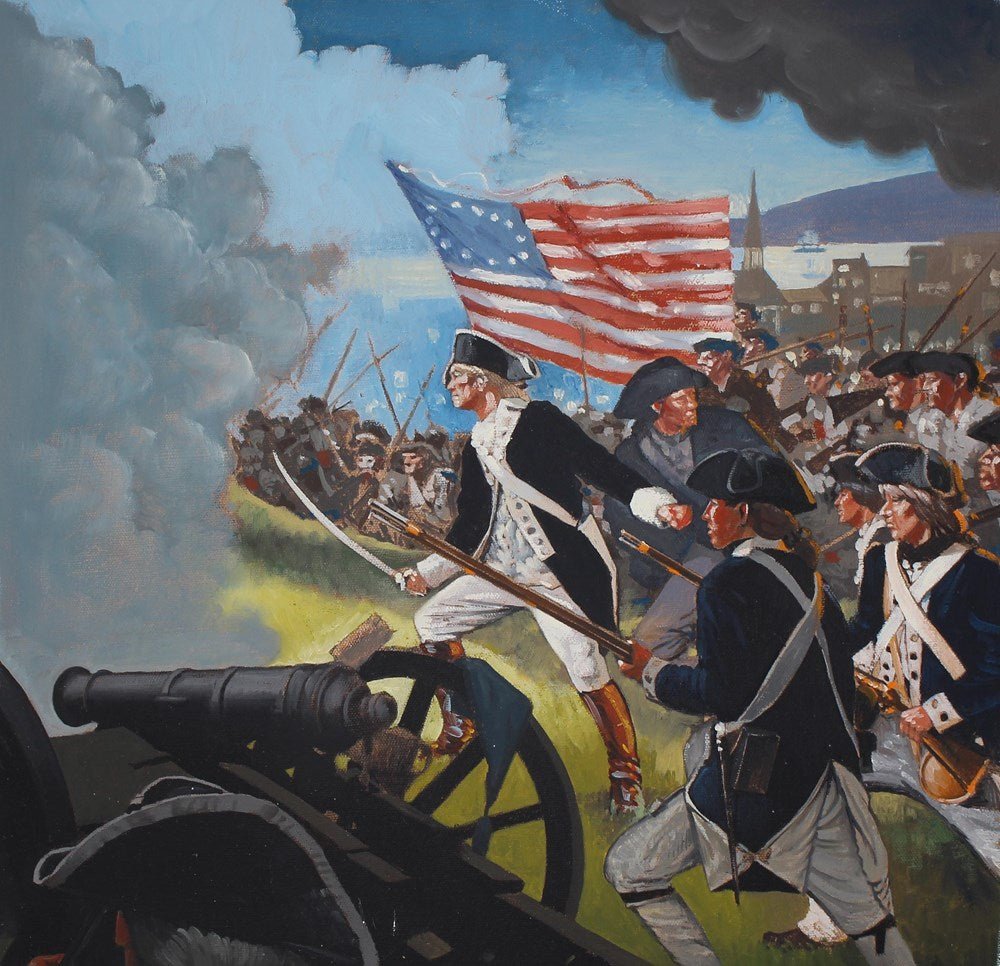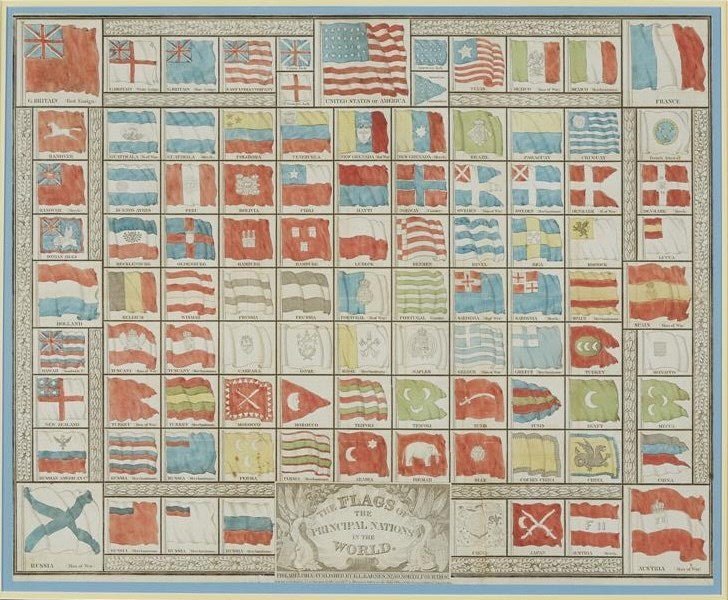Edward S. Curtis: Preserving Indigenous History
ROOTS IN WISCONSIN
Long before Europeans had heard whispers of the Americas, a rich population of Indigenous peoples inhabited modern-day Wisconsin territory for some 10,000+ years. To ‘make room’ for the burgeoning New World, it became widespread procedure to systematically force all Indigenous American peoples to abandon their lands, lifestyles and traditions. Their dwindling presence did not go unnoticed, however; a young man by the name of Edward. S. Curtis, born and raised in early 20th century Wisconsin, was exposed to Indigenous culture since early childhood. His fascination, respect and concern for the shrinking indigenous presence inspired then-17-year-old Curtis to embrace photography as a means to immortalize their culture. In his quest to accurately record the spectrum of Indigenous peoples, Curtis also pursued a career in ethnography to shape his approach towards documenting the natives.
Over the course of his career, the scope of Curtis’ work would quickly expand beyond the borders of the Wisconsin territory; from the Kanuk tribes in northern Alaska to the Blackfeet Nation of Montana. Curtis’ portfolio was remarkably comprehensive and we are fortunate enough to have a few of his photogravures in our collection.
THE PEOPLE BEHIND THE PHOTOGRAPHS
After finding little success in his photography studio, Curtis was thrust into stardom following the public release of his portrait of Princess Angeline, the eldest daughter of Chief Seattle. Curtis took advantage of his newfound success to garner support for a special project he had envisioned: a complete ethno-photographic documentation of the ‘Native American Indian’. In a rapid turn of events, Curtis would secure funding from none other than famed Wall Street banker J.P. Morgan. Together, they decided that his project, The North American Indian, would be a set of 20 volumes featuring ethnographic text illustrated with high quality photoengravings accompanied by large-scale images. In the summer of 1906, Curtis began his long journey documenting the languages, clothing, and traditions of different Indigenous tribes found throughout America. Unbeknownst to both of them, this project would end up spanning approximately 25 years with over 40,000 photographs taken and over 10,000 wax cylinder recordings from over 80 Indigenous tribes.


In the Oglala subtribe of South Dakota, Curtis captured the likeness of an un-named subject, whom he simply titled Ogalala Woman. This image is Plate 94 from Supplementary Portfolio 3 of his master project The North American Indian. Her face is the main focal point of the photograph, with particular attention being paid to her beautiful hand-made, accessories alongside her clothing. Her hair is tightly braided, and positioned delicately on her shoulders. Her seniority is apparent, and celebrated with her wrinkles and stoic expression being front and center. A similar portrait published in 1908, titled Bear’s Teeth, continues the theme of elderly subjects, but takes a far more subdued and humble approach to the tone of the portrait.

In a world where cultural differences were discouraged and people forcibly assimilated, Curtis chose rather to embrace and celebrate what makes people unique. We see this in Porcupine – Cheyenne, a 1911 photograph taken by Curtis in Supplementary Portfolio 6, Plate 216 of The North American Indian. Regarding this photogravure, Curtis states that “At the summer gatherings for such occasions as the Sun Dance, the men sometimes protect their heads from the merciless sun by a thatch of cottonwood leaves.”
Curtis not only used portrait photography as a vehicle for humanization of indigenous peoples, he went above and beyond by framing each individual with great respect and admiration.
With an estimated 11 indigenous tribes currently recognized in modern-day Wisconsin, it is remarkable that despite hundreds of years of erasure and persecution, the peoples’ culture and records are still relatively intact. Several scholars have emerged within the past century, dedicated to restoring his legacy and encouraging educated discourse around the subject. It is largely due to Curtis’ legacy and dedication to his craft that we have such a remarkable catalogue of 20th century Native Americans.
Take a look at our full Edward S. Curtis collection here at The Great Republic.






